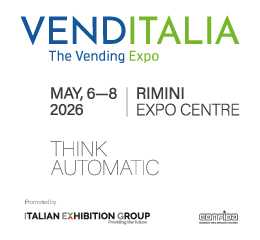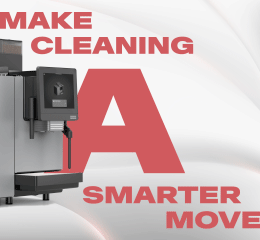Share your coffee stories with us by writing to info@comunicaffe.com.
Possibly the worst aspect of K-cup and Nespresso-style coffee pods is that they are made from aluminum. Because aluminum is recyclable, a whole lot of otherwise conscientious folks buy them.
But it turns out that most of the time, these cups can’t be handled by municipal recycling systems. And then there’s the energy required to manufacture, transport, and dispose of them each time you crave a fix of caffeine.
But Muskoka Roastery’s “100% Compostable Pods” might not be as good as they sound, either. They use something called a PurPod, which claims to be “the first, and to date only, coffee pod to earn certification from the Biodegradable Products Institute (BPI).”
The Canadian PurPod is a drop-in replacement for your regular pod, and can be either tossed in your own composter or sent to the municipal compost depot. The maker claims that it will break down completely in five weeks.
This is different from “biodegradable,” which as we have seen, doesn’t really mean much at all. Composting doesn’t necessarily get rid of the caffeine either, which needs to be degraded before the waste grounds can be safely sent back into the wild.
And how many people will buy PurPod-packaged coffee and just toss those pods into the regular trash? After all, it breaks down to nothing, right? So there’s zero environmental impact.
The maker of PurPod actually has a neat bit of propaganda on its site, detailing how single-serve coffee is better for the world than percolator machines, which is a little like saying that buying a Hummer is a great way to save fuel compared to your old 1950s road-going ship.
The page cites a study that compares the environmental impact of drip filter machines to pod-based machines. PurPod highlights a section where pods win out overall thanks to most people misusing drip machines, making too much coffee and then wasting it by tipping it down the sink when it gets stale. But it misses points like this one:
Furthermore, the single- serve coffee system with a ready-to-serve feature that keeps the water hot for immediate coffee preparation generates a more significant climate change impact than the best case scenario for the drip-brewed coffee system
The results of the study show that the “climate change score” of both drip machines and pod machines is just about equal. That is, the pod machine fares no better, environmentally, than the worst way we have yet invented to make coffee. It’s hardly a ringing endorsement.
Even if you concede that switching to compostable pods makes single-serve machines acceptable, green-wise, then there’s still one big problem.
They just aren’t that convenient. There are plenty of equally easy or even more convenient ways to make coffee, and most of them taste better too.
Almost every kitchen in Southern Europe has a stove-top coffee maker that requires almost no skill or effort to use, and the Clever Coffee Dripper might just be the simplest way to make great coffee ever invented. And the Aeropress, probably the best coffee maker around, is even self-cleaning, unlike your average Nespresso-style machine, which is little more than a bacterial filth-hole.
Convenience might be the feature most likely to trick people into buying more objects they don’t need or want, and a K-cup could be considered a little more convenient than a drip-machine, if you’re only making one cup that is.
But worse might be the use of ideas like “recyclable” or “compostable,” which greenwash an otherwise environmentally damaging product. Because while recycling and composting are better than sending things to landfill, they’re still a lot worse than not using those resources in the first place.















